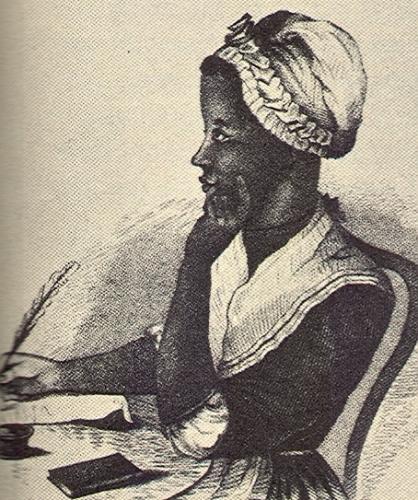 |
LITR 4231 Early American
Literature Sample Research Posts 2014 (research post assignment) Research Post 2 |
 |
Stephen Rodwell
April 16, 2014
The Salem Witch Trials and their Aftermath
In my first research
post I was left with the desire to go beyond the trials themselves and explore
what happened to the participants. I also chose to investigate what legal
changes took place occurred after the trials, and what effect did that change
have on the American judicial system. Finally I chose to research how events in
modern America would resemble the Salem Witch Trials.
It is important to
note that the belief of the supernatural and specifically the devil causing
people (witches) to inflict harm on others began in Europe sometime around the
14th century. This Hysteria had spread across the globe, and
throughout America where there had been prior accusations and public hangings
based on spectral evidence. “Spectral evidence was based on the hypothesis that
an individual afflicted by necromancy would therefore be capable of seeing a
specter resembling the person who has bewitched him or her”
As I was conducting my
research I discovered an interesting article History.com. Within this article is
the revelation that the “fungus ergot (found in rye, wheat and other cereals),
which toxicologists say can cause symptoms such as delusions, vomiting and
muscle spasms”
The trials themselves were a sham,
and a travesty of justice. The Chief Justice, William Stoughton allowed many
departures from the standard court room procedures such as, allowing the
accuser(s) to have sidebars with the judge, admitting spectral evidence,
allowing the viewers to interrupt the trial with personal remarks, and even
denying the accused a defense counsel. William Stoughton suffered very little
for his participation in the trials, and in 1694 he would serve as the acting
governor when, Governor Phips would leave for England to answer to allegations
of corruption. John Hathorne, another prominent judge believed that the devil
could turn people against the church. He would later sentence George Burrows to
death, and would often act as a prosecutor than as a judge. His great grandson
Nathaniel Hawthorne would add the “w” to his last name in an attempt to
dissociate himself from his family’s role in the Salem Witch trials.
Samuel Sewall seems to be the only one of the three judges to show any
repentance for his role in the proceedings. In 1696 Sewall would publically
apologize and write a proclamation for a day of “fast and penance.” Every year
thereafter on that day he would fast and pray for his forgiveness, and would do
this until the day he died
The Salem Witch Trials
caused the legal system to take a good hard look at the miscarriage of justice
that had taken place. Never again would a person be accused of witchcraft in New
England, or the Colonies for that matter
The legacy of The
Salem Witch trials lives on even in our modern world. During the 1950’s a
senator by the name of Joe Mccarthy set on his witch-hunt to expose government
employees and Hollywood actors as communists. Again in the late 1980’s the
nation would be gripped by the McMartin Preschool Trial, in which numerous
allegations of sexual abuse would arise. After 6 years of trial no guilty
verdicts would be rendered and all charges would be dropped. Again it would be mass
hysteria, confessions obtained from children, and hearsay that would be the
driving force behind this witch hunt. The McMartin Preschool Trial would go down
in history as the most expensive criminal trial eve
Today there is a monument in
Salem Massachusetts, which is dedicated to the victims of the witch trials. The
dedication of the memorial took place in, May of 1992 which was the 300th
anniversary of the beginning of the trials. The monument contains the names of
eight of the executed, and quotes from some of the accused as well. The Salem
Village Witchcraft Victims' Memorial is a lasting “reminder that each generation
must confront intolerance and "witch hunts" with integrity, clear vision and
courage”
Works Cited
Callis, Marc.
"The Aftermath of the Salem Witch Trials."
Historical Journal of Massachusetts." 2005. Pdf. 18 April 2014.
Faculty, University of Missouri-KansasCity. Famous American Trials: Salem
Witch Trials 1692. n.d. web page. 18 April 2014.
Linder, Doug. The McMartin Preschool Abuse Trial: A Commentary. 2003.
Document. 19 April 2014.
Ray, Benjamin. Salem Witch Trials. 2002. Web Page. 17 April 2014.
Staff, History. com. Salem Witch Trials. 2011. 19 April 2014.
|
|
|
|

